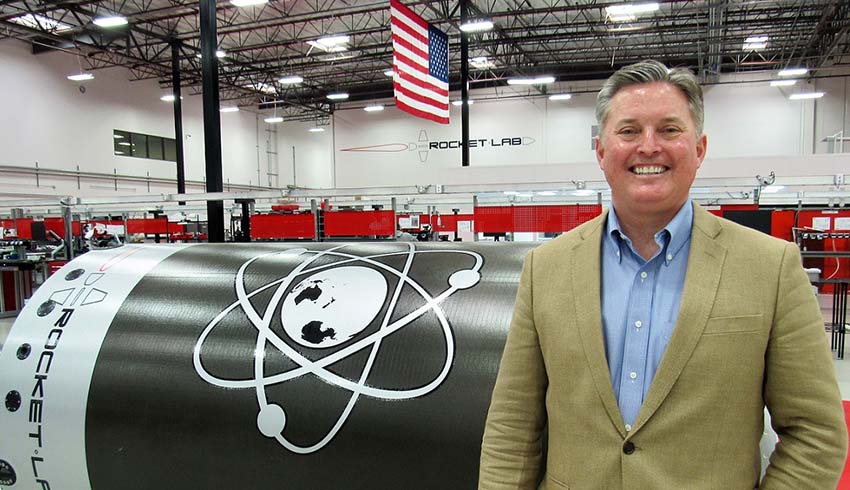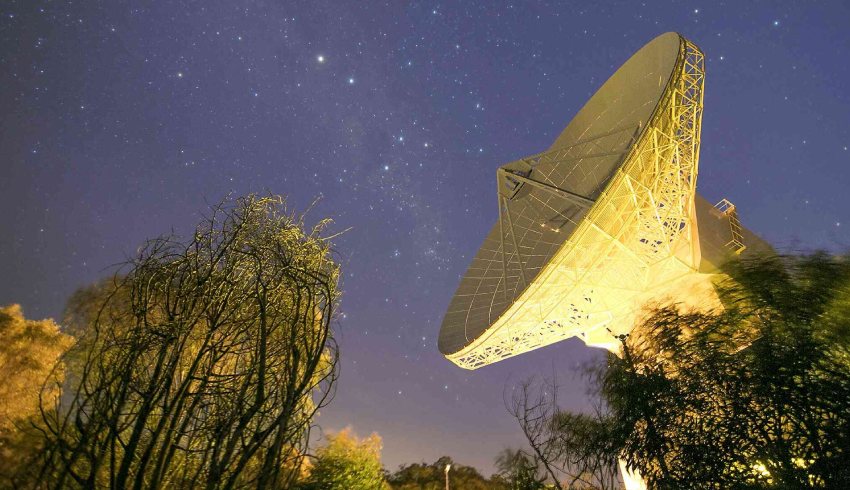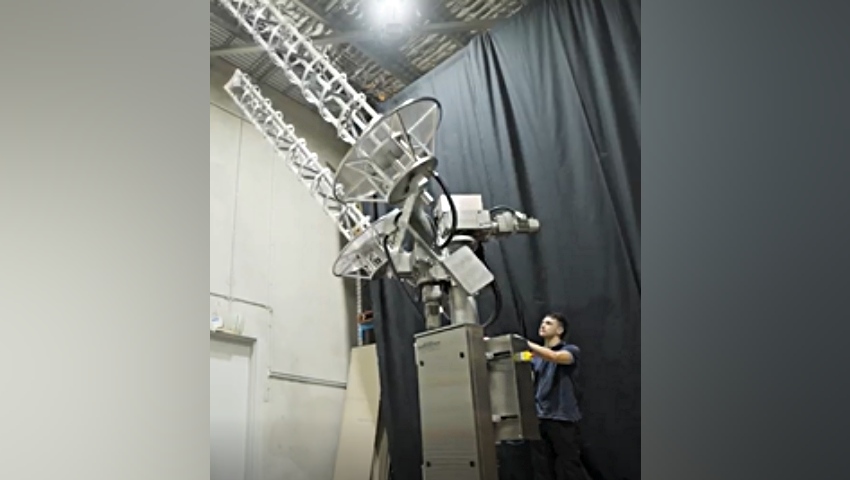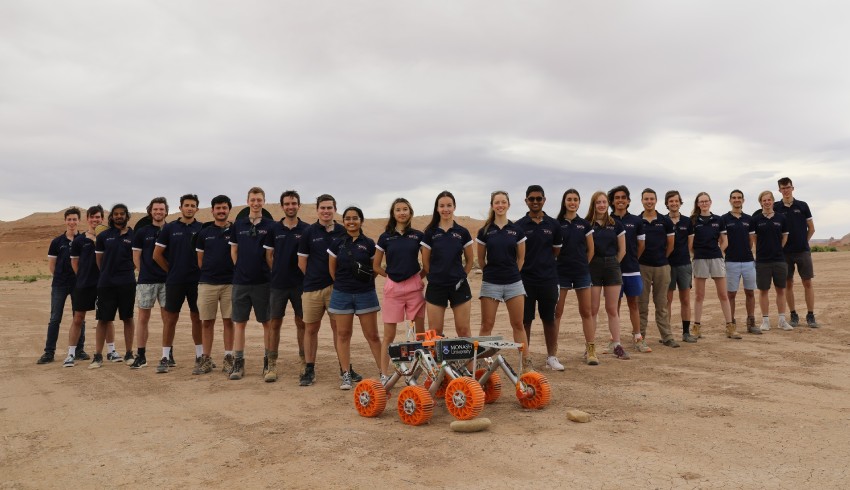
This very large piece of equipment, located in the company’s production facility in Auckland, New Zealand, will substantially increase the rocket production rate in line with the company’s ambition to boost launch rates.
It’s been named Rosie, after the robotic housekeeper from the long running cartoon series The Jetsons.
Rocket Lab founder and chief executive Peter Beck said Rosie could quickly handle much of the machining needed to produce rocket stages and was a massive change to their production process.
“It takes every carbon composite component from Electron and effectively processes all of those components so they’re ready for final assembly. We can process a complete Electron now in 12 hours,” he said, according to a report in SpaceNews.
Rosie occupies 140 square metres of factory space, which is big enough for an entire Electron rocket first stage, as well as the smaller second and kick stages plus payload fairings.
Part of Rosie was made in Italy and the rest in New Zealand. That won’t mean a reduction in the company’s workforce but some workers will be redirected to other areas.
Beck said that would relieve workers of some of the less desirable tasks in the manufacturing process. He said you wouldn’t find anyone in the composites industry who loved sanding carbon fibre.
Rocket Lab launches from its facility on New Zealand’s North Island but is also planning a facility in the US.
The company announced in August it planned to attempt to recover and reuse Electron first stages in order to lift its rate of launches, with a goal of launching weekly.
“Even though we intend to recover stage one, obviously stage two, the fairing and a lot of components still need to be built fresh for each flight,” Beck said.
“Rosie is really the enabler to try and get close to seven days.”
Rocket Lab has yet to attempt a recovery and will take the next step towards reuse of an Electron at the next launch. That’s set for a two-week window from 25 November.
The Electron in that launch features modifications to eventually allow recovery, though that won’t be attempted this time.
Beck said their engineers would be monitoring the first stage on re-entry and testing the ability to direct its descent.
He said the biggest challenge in lifting the rate of launch might not be in production of the launch vehicles but in the readiness of customers.
“We’ve turned the space model a little bit on its head. Generally, we find we are ready before our customers now. It’s difficult to predict customer readiness,” he said.
Receive the latest developments and updates on Australia’s space industry direct to your inbox. Subscribe today to Space Connect here.












